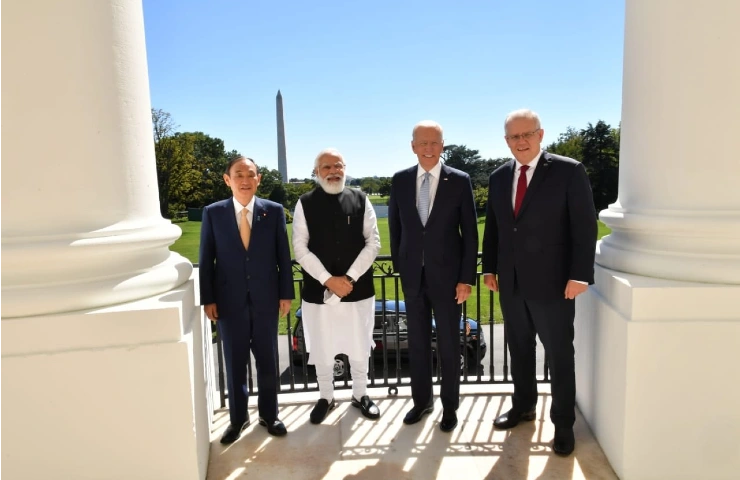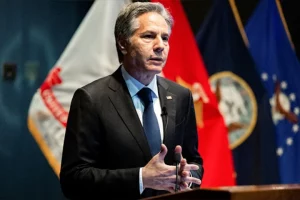The Joe Biden administration has outlined its Indo-Pacific strategy vowing to build a free and open region, by building the capacity of its regional allies like India. The aim of the much-awaited strategy is to balance China's attempts at global domination through coercion.
The US now plans to take action over the next one to two years to ensure that its allies in the region who are at the receiving end of Chinese military aggression are supported by building deterrence.
Regarding India, the Indo-Pacific strategy says: "We recognise that India is a like-minded partner and leader in South Asia and the Indian Ocean, active in and connected to Southeast Asia". It took note of the Chinese aggression along the Line of Actual Control with India and said it supports "India’s continued rise and regional leadership".
Washington has also taken note of Beijing's moves in the South China Sea and the Taiwan Strait where the communist giant is targeting Taiwan as well as threatening south-east Asian nations like Vietnam, the Philippines, Malaysia, Indonesia and others, reports Japanese news agency Kyodo.
Stressing that the US wants to build a free and open Indo-Pacific, the strategy notes that China, through "coercion and aggression," is pursuing a sphere of influence in the region to become "the world's most influential power".
Highlighting its determination to stay put in the region and support the countries, the document says: "The United States is determined to strengthen our long-term position in and commitment to the Indo-Pacific." This is a far-reaching and exactly opposite of what his predecessor Donald Trump had done–withdrawn from global commitments and relations with other countries.
The US has focused on building its strategic partnership with India. It says: the US would "steadily advance our Major Defence Partnership with India and support its role as a net security provider".
Over the past few years the two democracies have steadily increased cooperation in defence matters by signing a spate of agreements related to sharing of communication as well as military logistics. The two nations have been regularly holding the 2+2 meetings since the inaugural 2018 dialogue to bring about synergy in their relations.
The US administration now wants to build "collective capacity" by deepening regional treaty alliances with five countries–Australia, Japan, South Korea, the Philippines and Thailand.
It will simultaneously cement relations with regional partners like Japan, India and Taiwan.
The strategy also looks at strengthening relations with the Quad grouping, which has been identified as a "premier" regional grouping which will work on vital issues like supplying coronavirus vaccines, building alternative supply chains as well as working with regional countries to help them come out of the devastating effects of the pandemic.
Importantly, the Indo-Pacific strategy has been timed with the Quad foreign ministers' meeting in Melbourne–India, the US, Japan and Australia. The Quad is expected to not only balance China but also spearhead the Indo-Pacific strategy in the region.
As part of its Indo-Pacific strategy, Washington also plans to launch the Indo-Pacific Economic Framework which will look at bringing economic growth through increased trade, digital economy, resilient supply-chains and improved infrastructure.
While underlining India as a critical strategic partner for the US, the Indo-Pacific strategy document says: "The PRC is combining its economic, diplomatic, military, and technological might as it pursues a sphere of influence in the Indo-Pacific and seeks to become the world's most influential power."




















